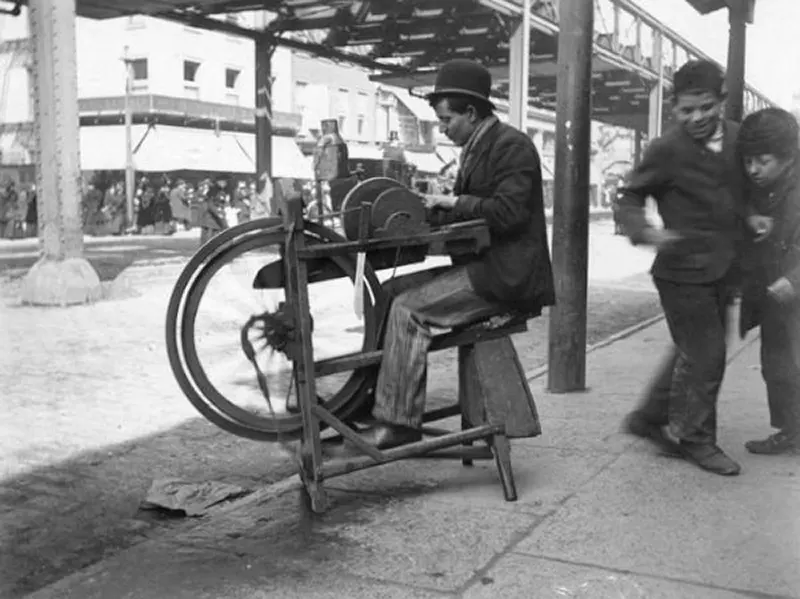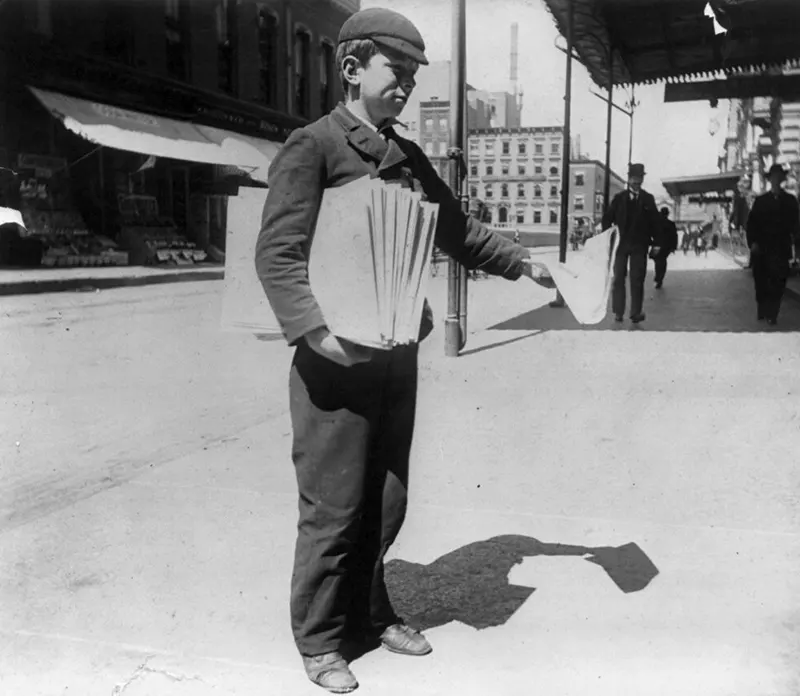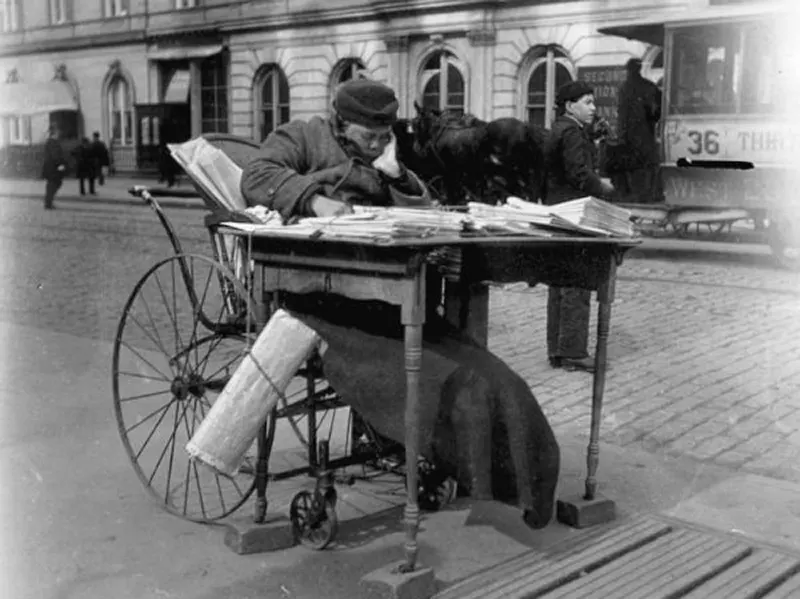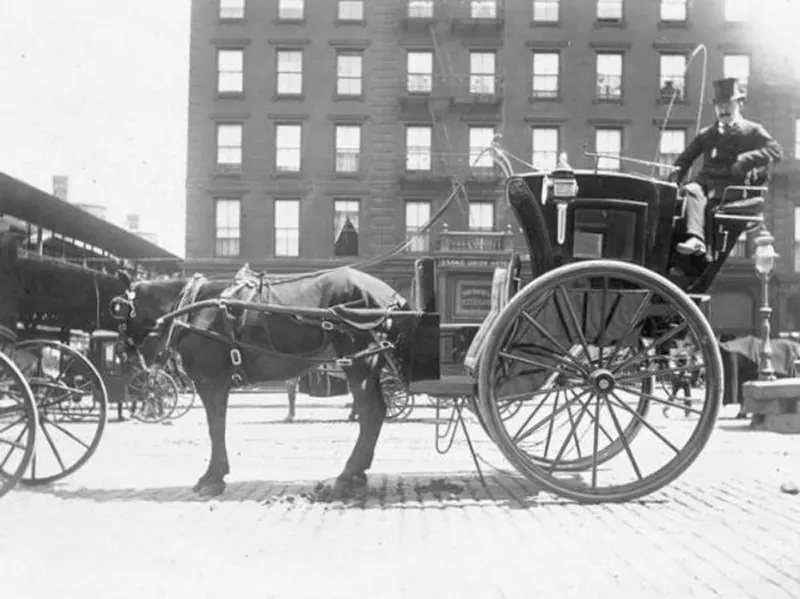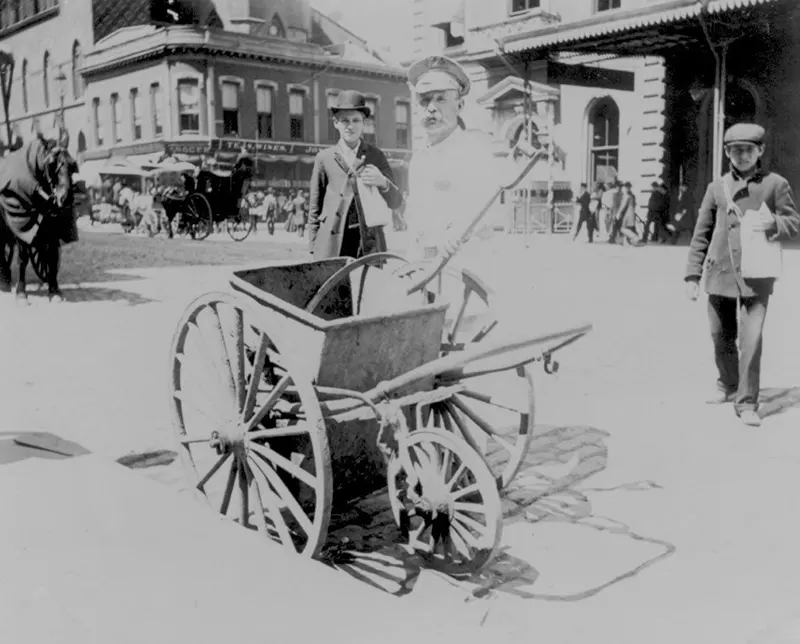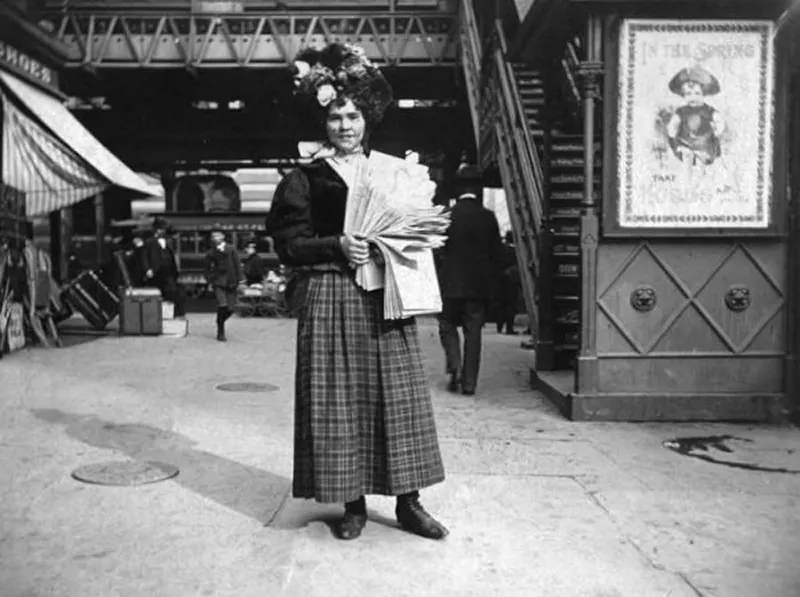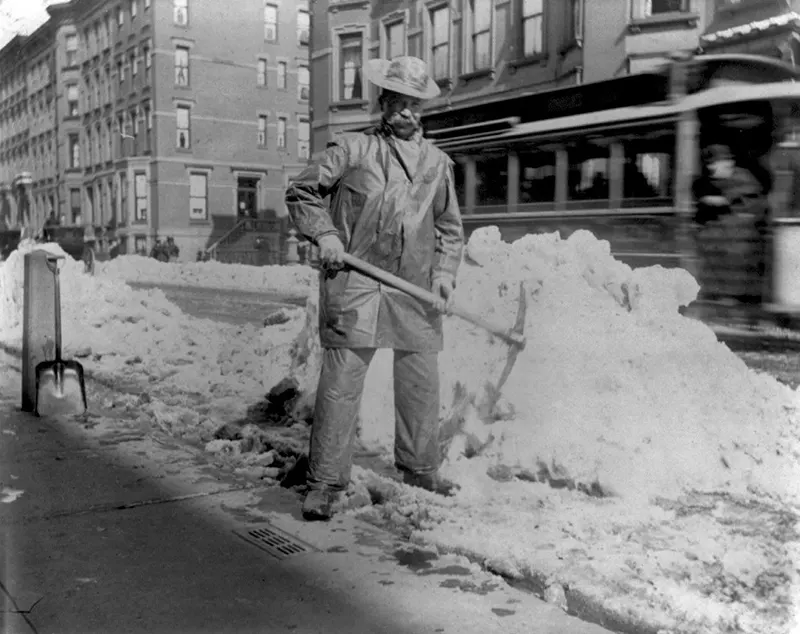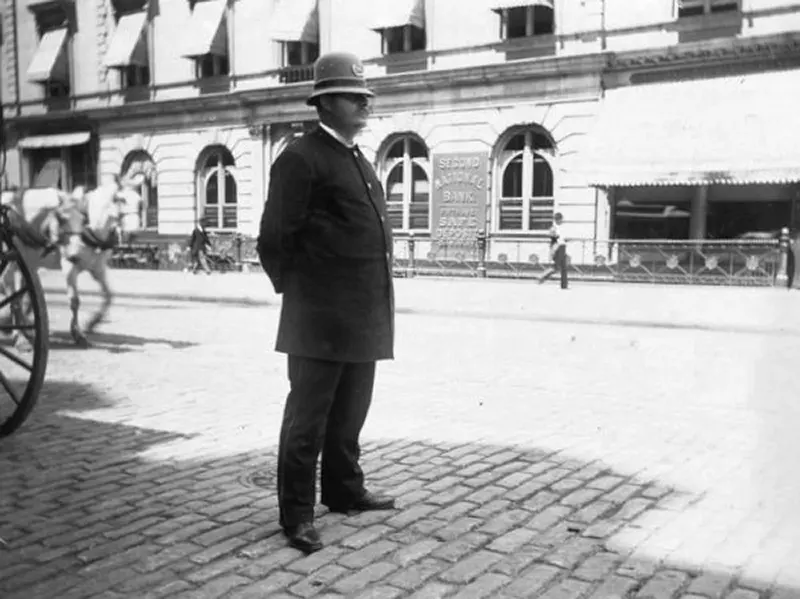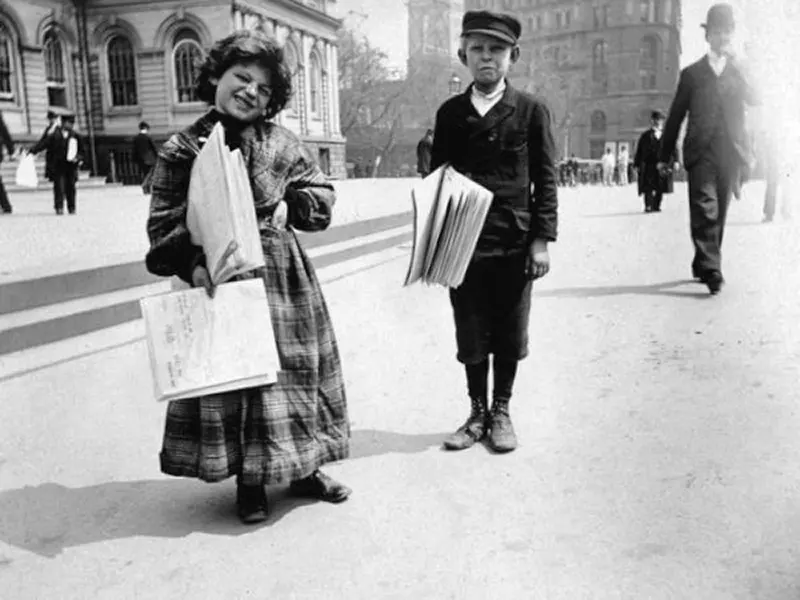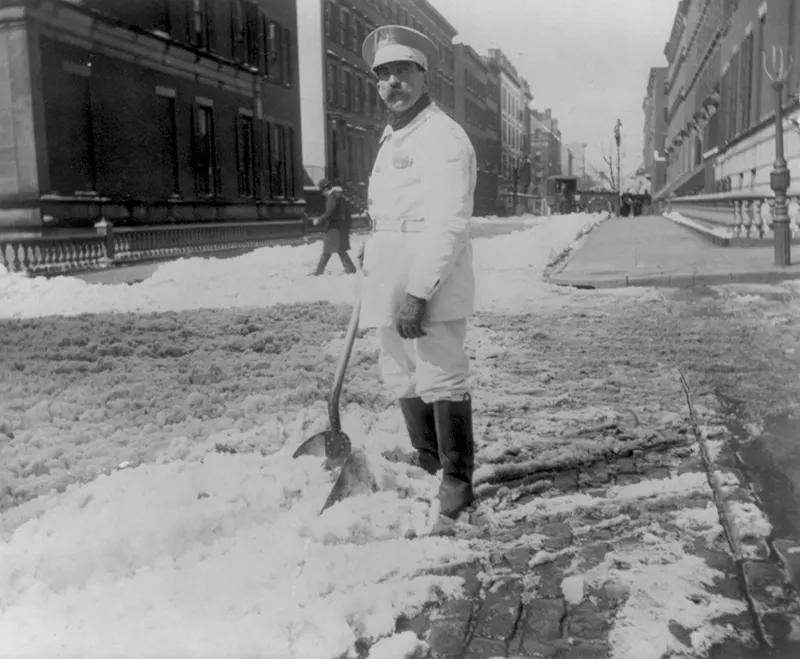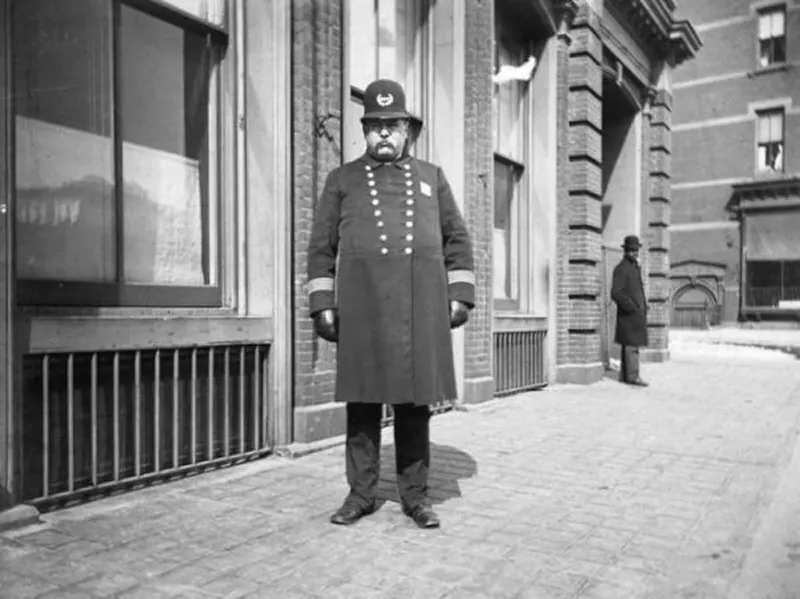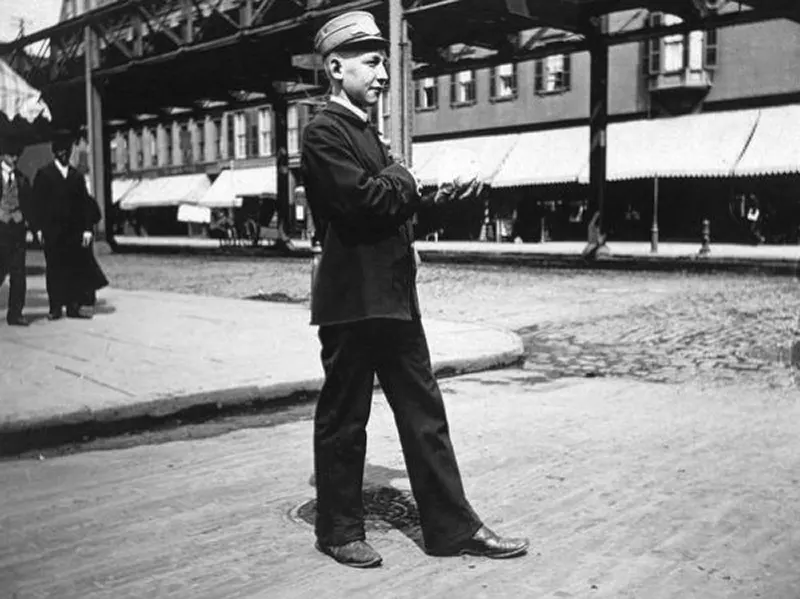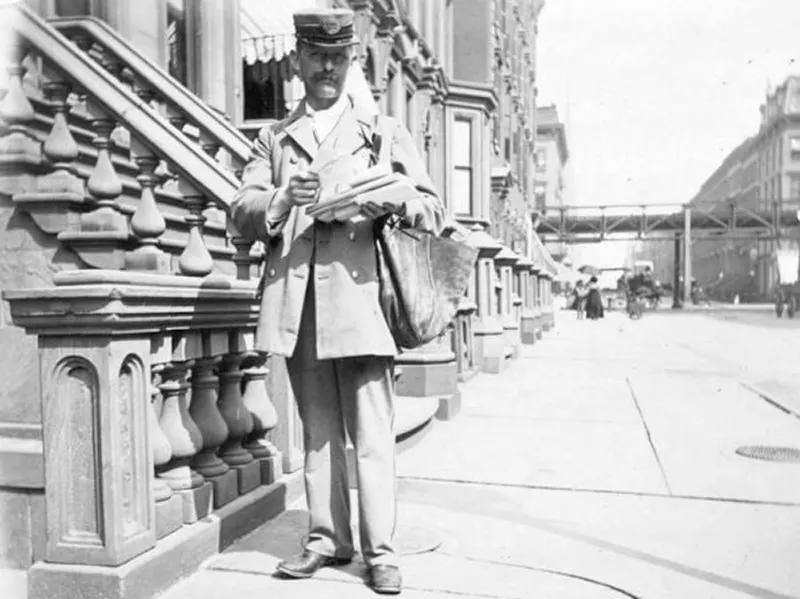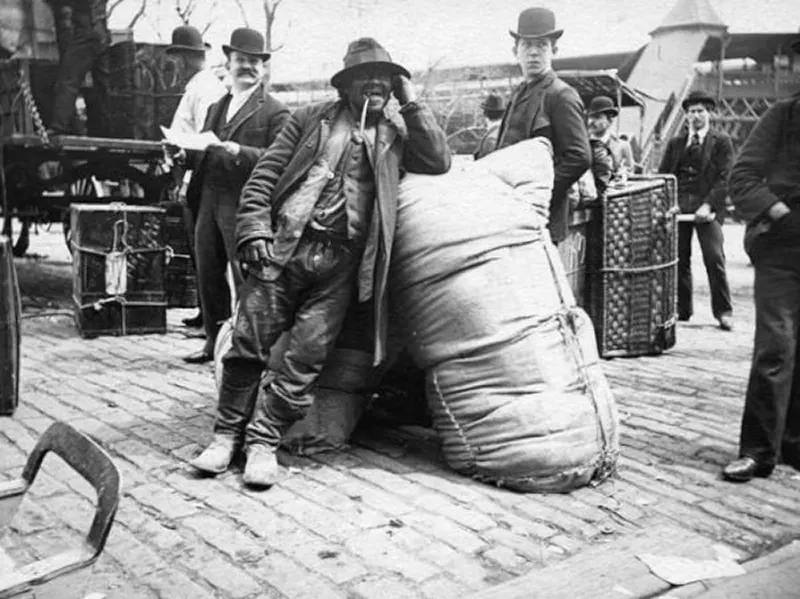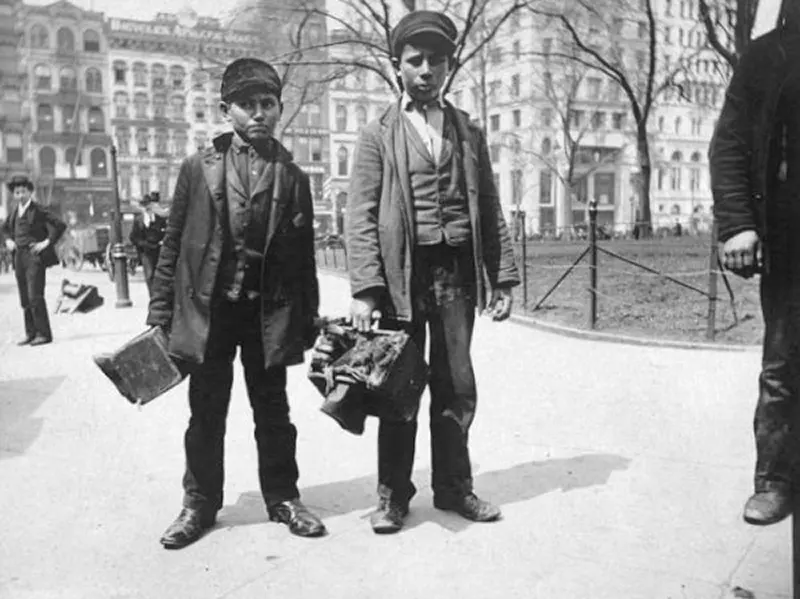She also photographed people forced to make their living on the street, including peddlers and vendors, knife grinders, bootblacks, newsboys, and beggars. Alice Austen (1866-1952) was one of America’s earliest and most prolific female photographers. A second-floor closet of her home on the shoreline of the New York Narrows Harbor served as her darkroom. In this home studio, which was also one of her photographic muses, she produced over 7,000 photographs of a rapidly changing New York City, making significant contributions to photographic history, documenting New York’s immigrant populations, Victorian women’s social activities, and the natural and architectural world of her travels. One of America’s first female photographers to work outside of the studio, Austen often transported up to 50 pounds of photographic equipment on her bicycle to capture her world. Austen was a rebel who broke away from the constraints of her Victorian environment and forged an independent life that broke the boundaries of acceptable female behavior and social rules. Alice’s joyful life took a tragic turn when she lost her savings in the 1929 stock market crash. She and her longtime companion Gertrude Tate did their best to remain financially solvent, but in 1945 Alice and Gertrude were evicted from her house in Staten Island. During this time, when Alice was forced to sell most of her possessions, she contacted Loring McMillen, director of the Staten Island Historical Society and an acquaintance of many years, and gave him thousands of her glass plate negatives for the Historical Society. In 1950, Alice went to live in the New York City Farm Colony, a home for destitute individuals, but the following year she was able to move to a private home for aged residents. She passed away on June 9, 1952. (Photo credit: Alice Austen / Library of Congress / New York Public Library). Notify me of new posts by email.
Δ Subscribe




